Gentle Head Nudges: A Distinctive Sign of Feline Affection
When a cat softly bumps its head against you—often called “bunting” or “head-butting”—it’s much more than mere territory marking. Yes, cats do use scent glands on their forehead to deposit their unique smell, signaling that you’re part of their “safe zone.” But the act also demonstrates genuine warmth, attachment, and trust. By engaging in this subtle yet meaningful touch, your cat is effectively saying, “We belong together.”
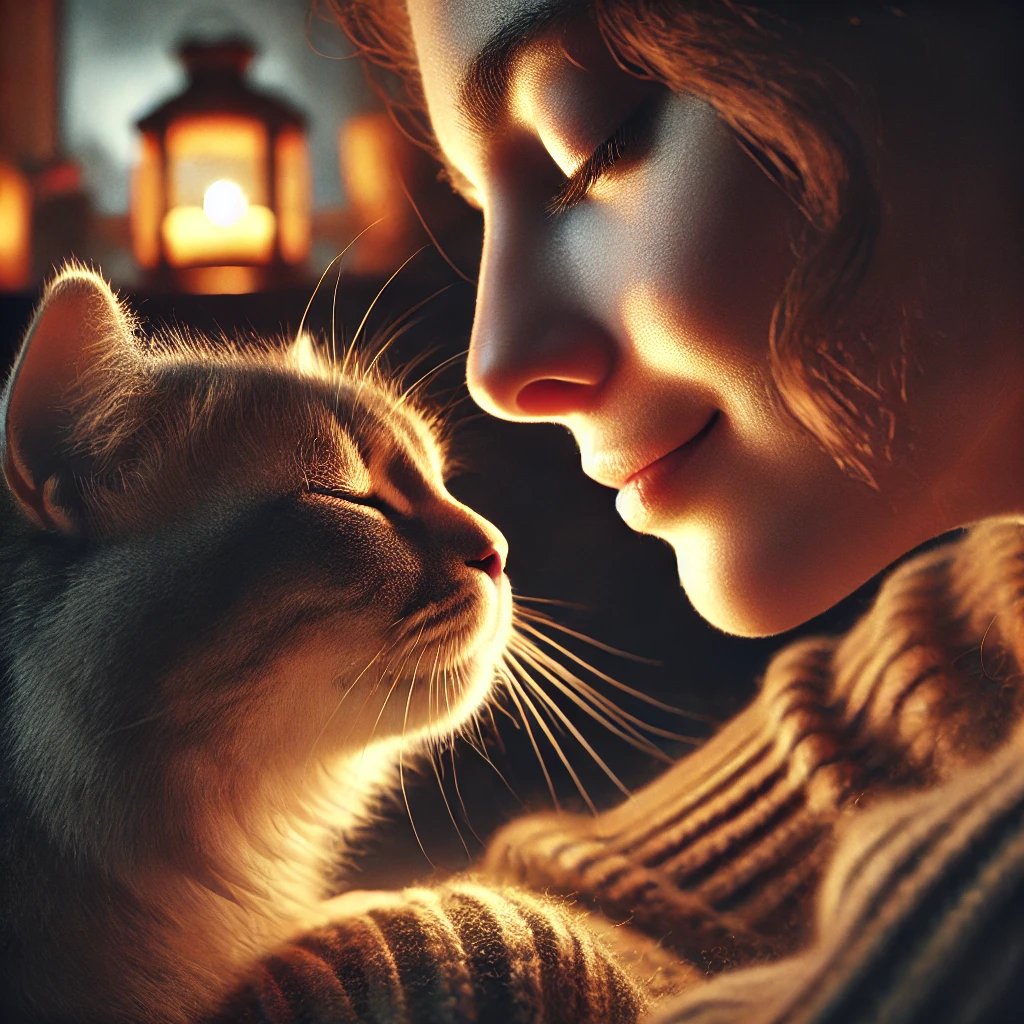
These head nudges can feel like a tender reminder that you’ve earned a special place in your cat’s life. Cats generally reserve bunting for those they view as comforting companions, so if yours does it to you, consider it a compliment. It can also help reduce stress—for both you and your cat—by strengthening a sense of security and reinforcing a positive bond. Though it may look like a small act, this gentle gesture offers a window into your cat’s emotional world, showcasing a heartfelt form of connection that only strengthens over time.
Kneading: A Heartwarming Echo of Kittenhood Comfort
Kneading, sometimes referred to as “making biscuits,” is a rhythmic pawing activity that cats do on soft surfaces. As adults, they continue this activity as a sign of relaxation and contentment.
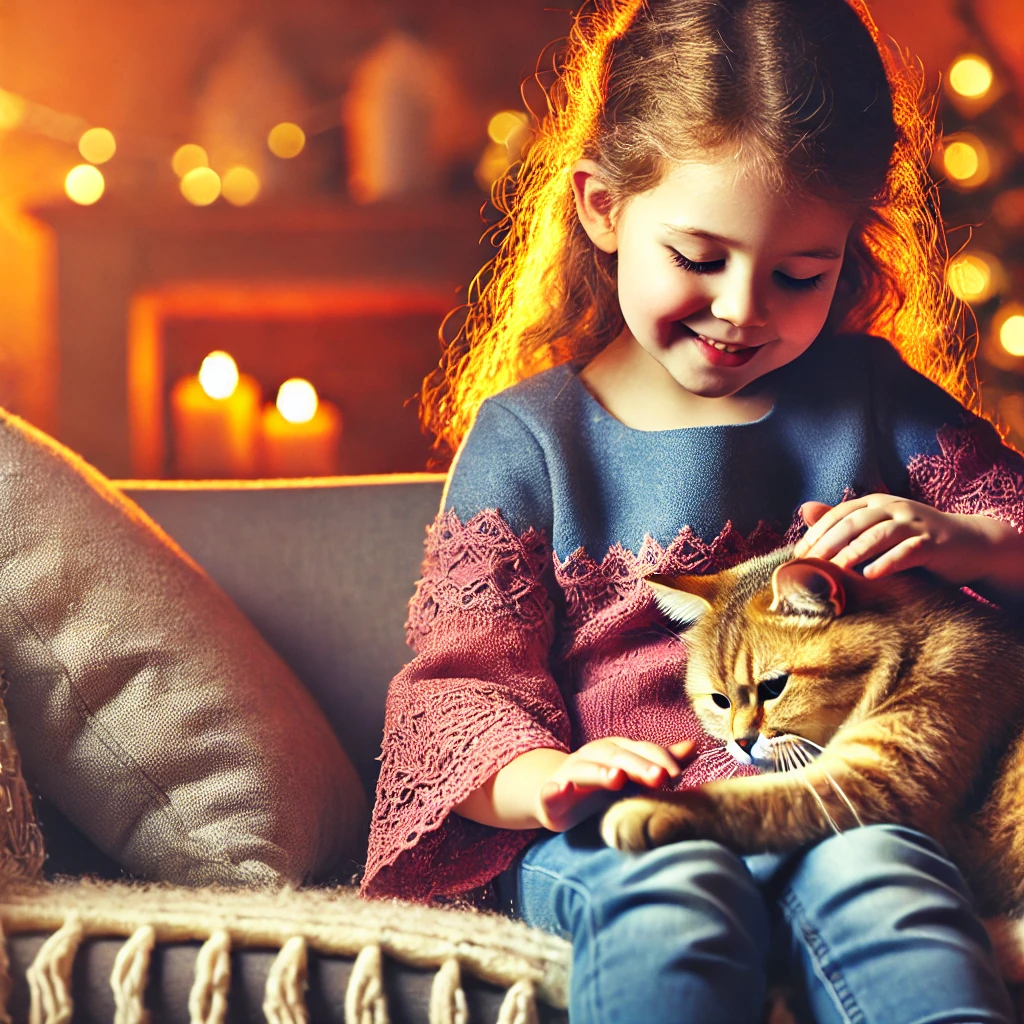
When your cat kneads you, it usually means that they feel safe and happy in your presence. The act also releases endorphins, enhancing their sense of comfort. It is a compliment to their human companions, showing that they trust and love them.
There can be territorial components of kneading, as cats have scent glands in their paws. Kneading may serve to mark their territory. While this behavior is often very cute, sometimes sharp claws make it uncomfortable. It’s nice to have a soft blanket around for them when they are in one of these episodes.
The Midnight Zoomies
If your cat suddenly bursts into action at odd hours, you’ve experienced the “midnight zoomies.” This phenomenon, common in both kittens and adult cats, is a release of pent-up energy and often mimics the hunting instincts of their wild ancestors.
Cats are crepuscular animals, meaning they are most active during dawn and dusk. In the wild, these are the times when their hunting instincts would peak. Domestic cats retain this behavior, often translating it into zoomies at home .
Cats, especially indoor ones, may not get sufficient exercise or mental stimulation during the day. Zoomies allow them to burn off excess energy. The unpredictable sprints and sudden changes in direction mimic hunting and pouncing behaviors. It’s their way of practicing these innate skills.
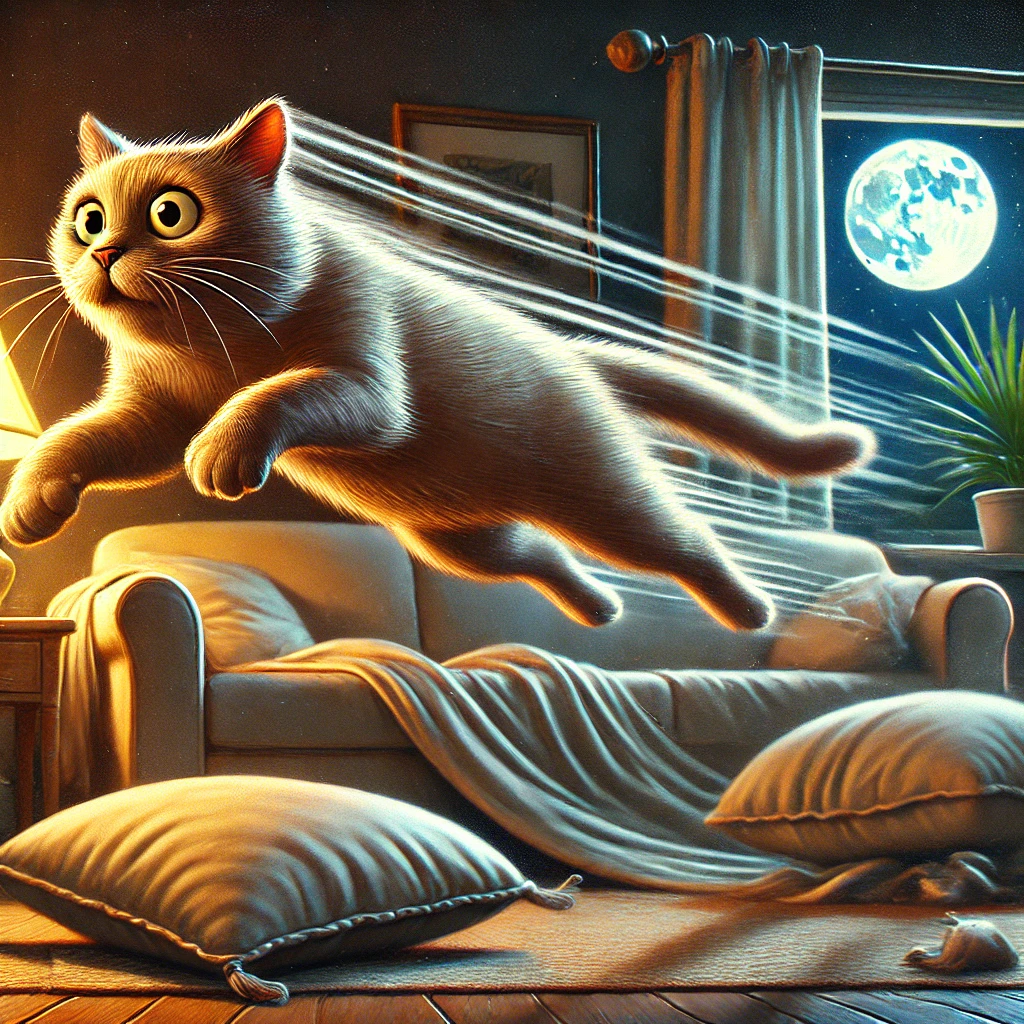
Cats are naturally crepuscular, meaning they are most active during dawn and dusk. These energy bursts fit into their instinctual hunting patterns. For indoor cats, zoomies become a way to stay physically active and mentally stimulated.
Playtime and interactive toys during the day can help curb nighttime zoomies. Engaging your cat in activities that simulate hunting helps burn off energy, thus making for a more peaceful night for everyone involved.
Chattering: A Fascinating Whisper of Feline Instincts
Chattering is more than just a peculiar sound your cat makes; it’s a captivating glimpse into their primal instincts and unspoken emotions. When your cat sits by the window, their eyes locked onto a bird or squirrel, and their jaw quivers in rhythmic motion, they’re revealing a mix of excitement, longing, and perhaps a little frustration.
It’s their way of communicating their hunter’s heart—a remnant of their wild ancestry. The soft, rapid clicking sound is thought to mimic the killing bite of a predator, a motion they’d use in the wild to secure prey. In this small yet profound gesture, your cat tells a story of instincts that still run deep, even in the comfort of their safe and loving home.

Chattering isn’t just about hunting; it’s a moment where your cat is fully engaged, alive with curiosity, and deeply attuned to their environment. For us, as their humans, it’s a tender reminder of the beautiful complexity of our feline companions—a bridge between their wild roots and their place as cherished members of our families.
Some others view chattering that may resemble the cries of some prey could attract them closer in the wild. The concept, however is not widely accepted. Nevertheless, it showcases the hunting potential of a cat even in domestic lives.
Chattering is another way that cats communicate their focus and anticipation. It is almost as if their brains are planning a hunt, even though they can’t physically get to the object of their desire. Seeing your cat chatter is both entertaining and a reminder of their complex inner lives.
The Secret Language of Tails: Decoding Your Cat’s Silent Messages
An uplifted tail usually means your kitty is confident and friendly; a puffed-up one, however, means he is afraid or aggressive. These are the cues through which you will better know your cat’s emotions.
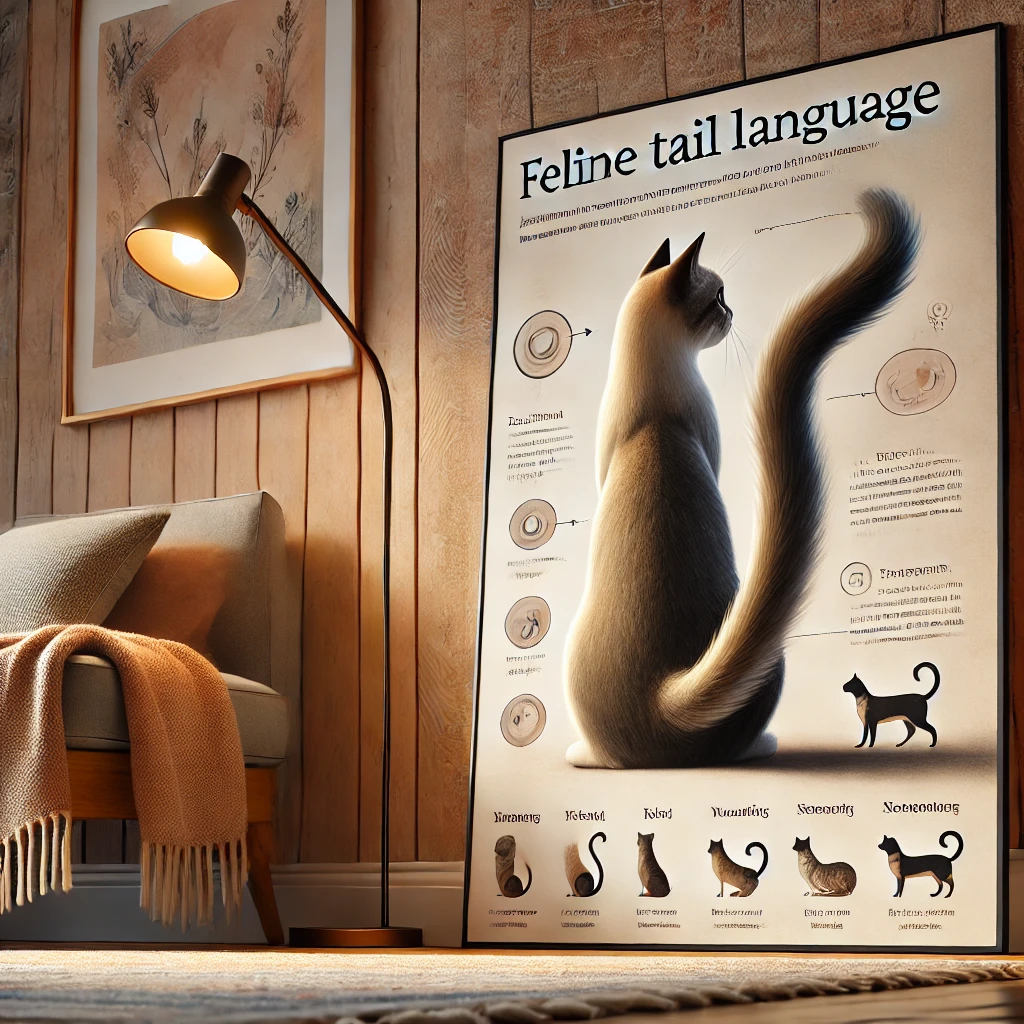
When a cat’s tail quivers or vibrates, it might be excited or even marking territory. On the other hand, a whipping or flicking tail often signifies irritation or overstimulation. Learning these subtle signals can improve your communication with your pet.
This deeper level of interaction strengthens your bond and creates a more harmonious living environment. When a cat holds its tail straight up with a relaxed tip, it’s expressing happiness, confidence, or a friendly greeting. This posture is often seen when your cat is excited to see you or exploring familiar territory. A tail that twitches or flicks rapidly signals heightened emotions. It could mean the cat is focused on something, such as prey or a toy, or it could indicate annoyance.
Slow Blinking – A Silent “I Love You”
If your cat looks at you with half-closed eyes and gives a slow blink, it is a beautiful compliment. This subtle behavior of a cat is a form of showing trust and love. Between cats, slow blinking is almost like a smile or nod of approval.
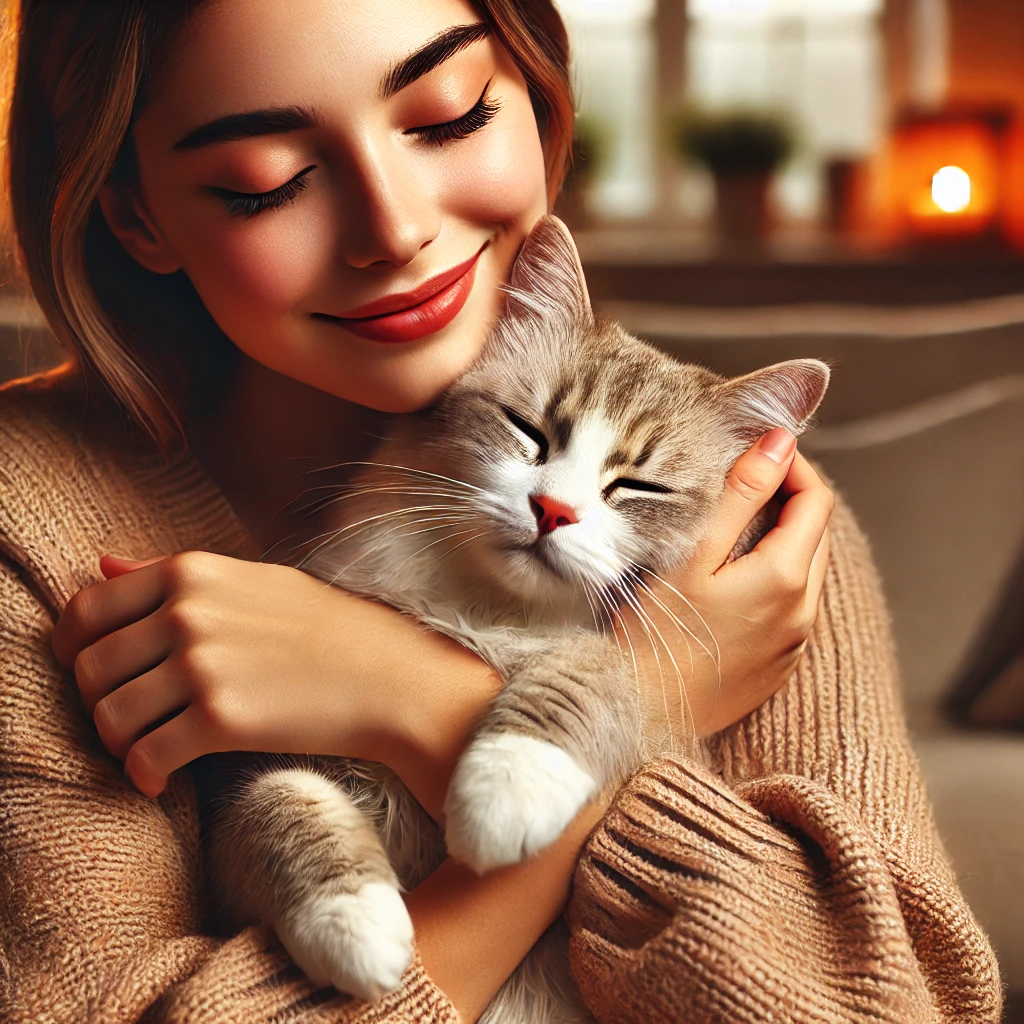
In feline social language, prolonged eye contact can be perceived as threatening. By slowly blinking, your cat signals that they feel safe and unthreatened around you.
This exchange helps build trust and strengthens your bond. Engaging in these moments of connection fosters a deeper understanding of your pet’s emotional world.
“Pawsome Presents: A Peek Into Your Cat’s Hunting Instincts”
If your cat drops a dead mouse or toy at your feet, it might seem strange or unsettling, but it’s a deeply ingrained instinct. Cats are natural hunters and bringing “gifts” to their family is their way of sharing their bounty.
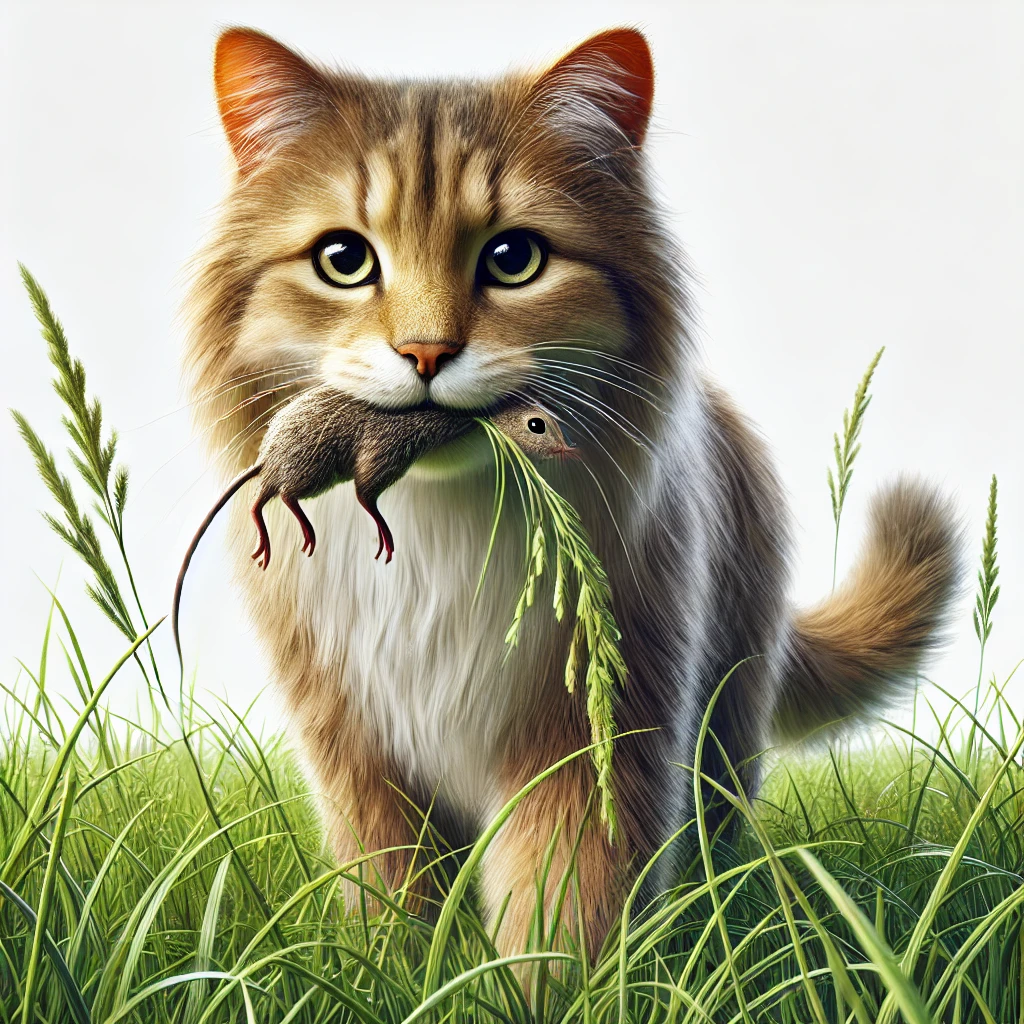
For domesticated cats, this behavior often translates into leaving toys or household items at one’s feet. It is evidence of trust and affection because in their minds, they want to share the activity going on with you.
For sure, these “gifts” can be bad surprises. However, appreciate the intention behind them as a gesture of good will or a desire to play on your part. This satisfies their instinctual needs and reinforces you.
Sleeping in Odd Places
Cats like to sleep in the most unusual of places—inside boxes, on keyboards, or precariously balanced on shelves. It’s as if their survival instincts drive them to hidden or elevated spots to feel safe.
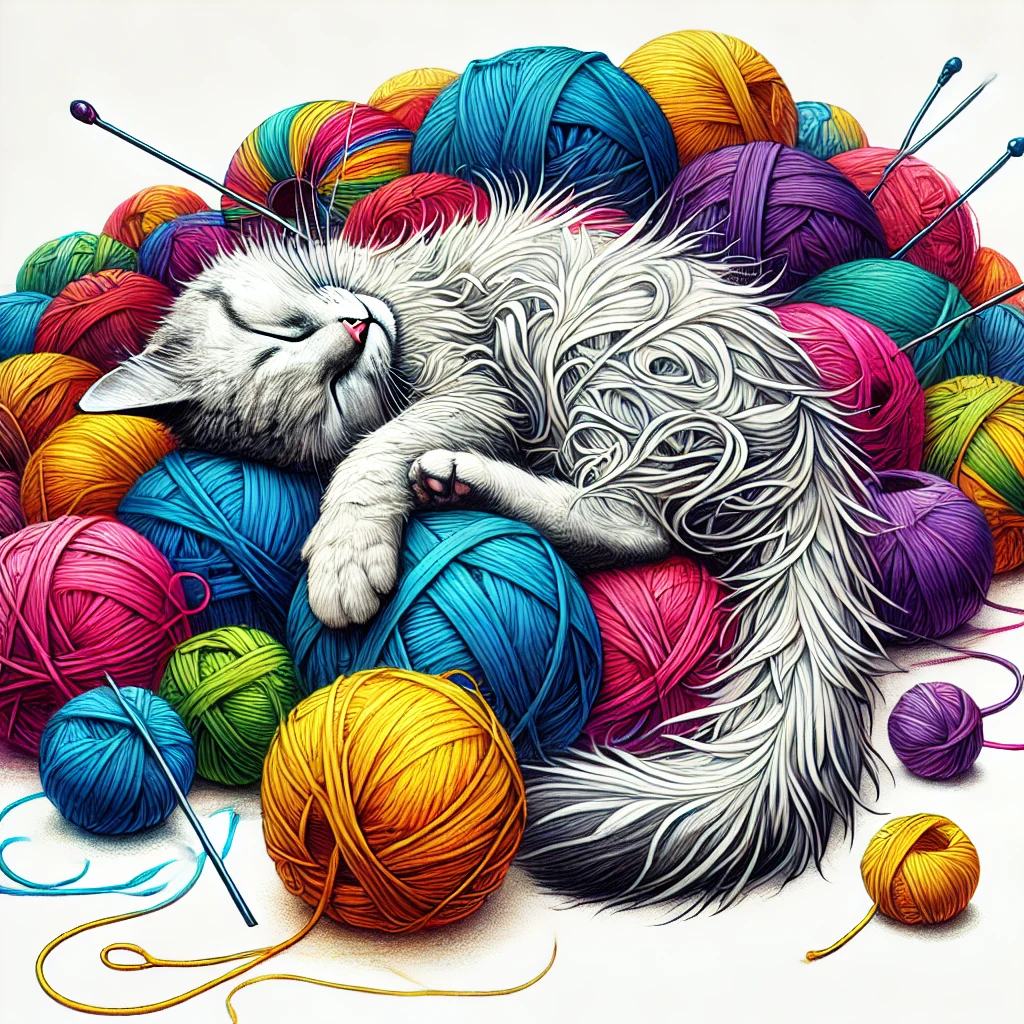
Cats tend to prefer warm and cozy spots with a good view. Their tendency to find high perches to lie on is due to the need to observe their surroundings, which they have developed from their wild ancestors who must remain vigilant for predators and prey.
Respecting your cat’s chosen spots, even if inconvenient, can help them feel safe and comfortable. Providing designated cozy areas, such as cat trees or soft beds, offers them appealing alternatives to your laptop or laundry basket.





